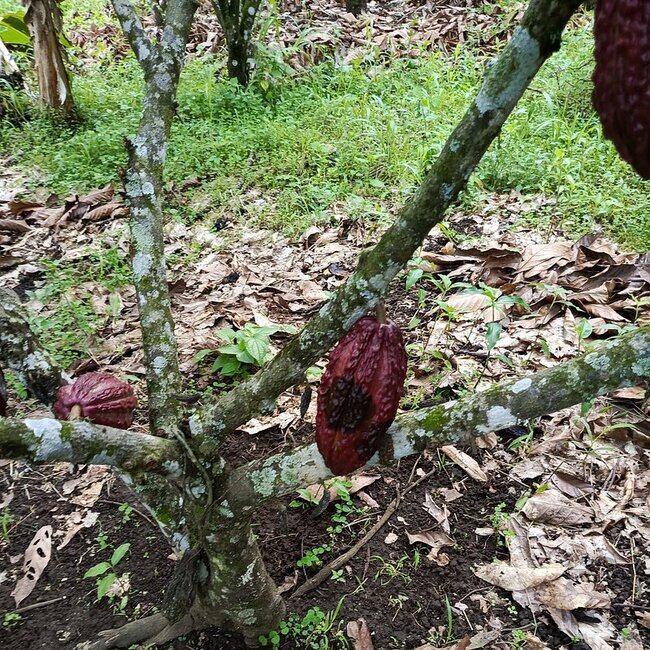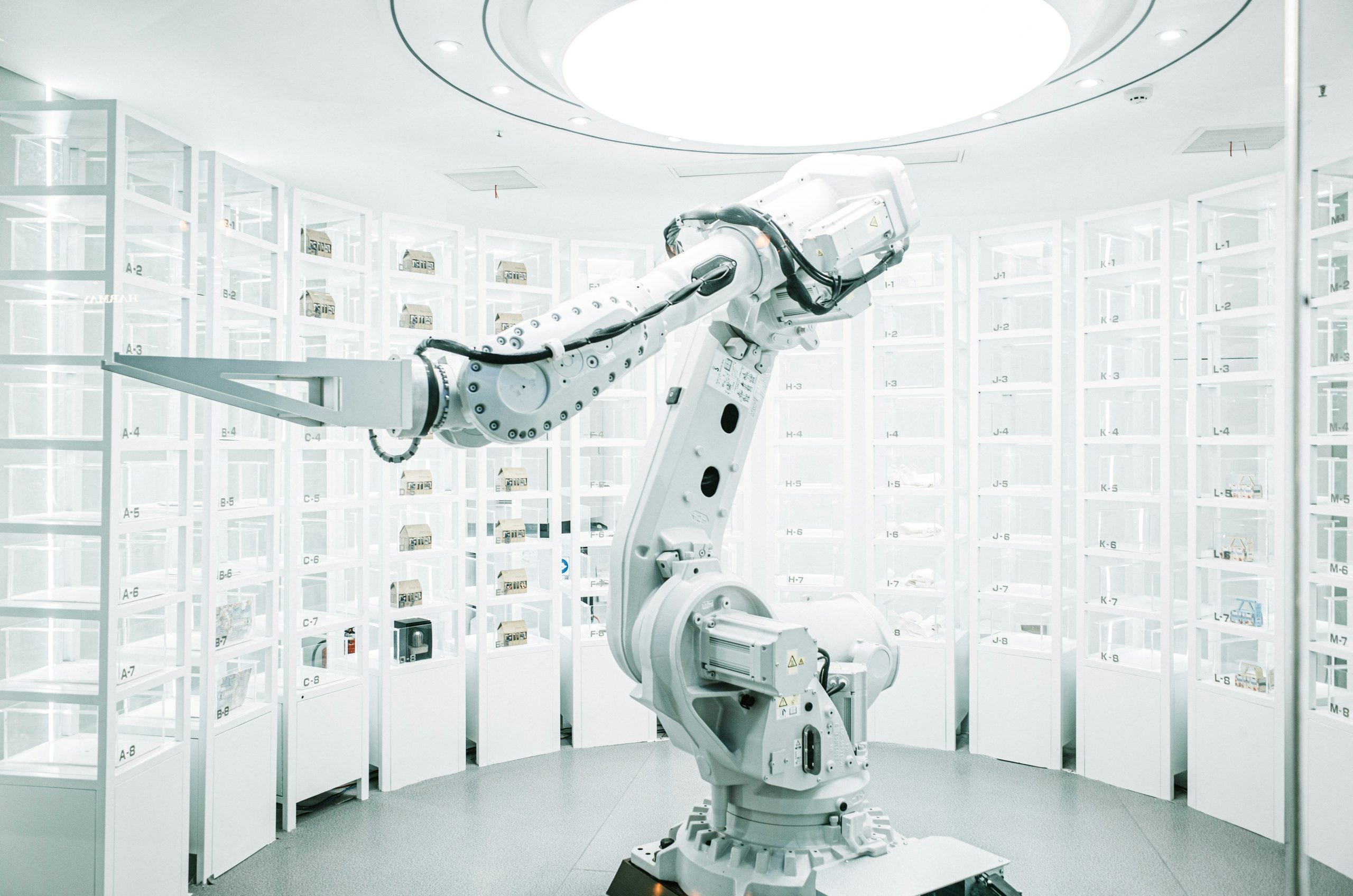A revolutionary technology is now available to harness Artificial Intelligence (AI) and significantly improve disease detection and crop prediction.
Developed by HSAT and named Inference, this platform combines several established AI technologies, such as Computer Vision, Machine Learning, and Large Language Models, into a single solution. Inference is groundbreaking due to its high accuracy: typically 95% for crop prediction and over 90% for disease detection.
This AI-powered solution is already widely deployed, having been utilised in tens of thousands of real-world locations. Inference has been implemented for clients in six countries across four continents, assessing tens of thousands of farms.
Its success is attributed to its predictive accuracy and ease of use, providing farmers and food producers with unprecedented insights into their crops’ health and the ability to swiftly identify and combat diseases. This capability is crucial in helping farmers address the increasing prevalence of crop diseases exacerbated by rising temperatures.
Rob Weston, founder of HSAT, stated: “The benefits of the Inference technology for the agriculture industry are broad and deep. By leveraging AI for crop prediction and disease detection, farmers, producers and traders can gain a global view of crop health, identify areas of poor irrigation, and create regional and national risk maps.
“The capability is in use by several global food producers and processors. Inference requires no expertise or previous experience, so it is also accessible to any farming operation.
“The demand for reliable disease detection is increasing exponentially. Inference meets this demand head-on, providing farmers the tools they need to make informed decisions and protect their crops against potential threats. Additionally, with daily trading volumes of over $1 trillion in soft commodities, reliable disease detection is a critical requirement for creating accurate crop price predictions.”
HSAT can coordinate the capture of thousands of crop images taken with mobile devices by locals, referred to as “ground truth”. HSAT analyses these images to detect disease risk.
Using geolocation data, each image is mapped and associated with corresponding satellite and weather data. With this information, HSAT can identify which crops are affected by disease, create heat maps across entire countries, and build large-scale predictive models of national risks. HSAT can extend its analysis from individual plants to fields, farms, counties, and, where useful for larger companies, to national and global levels.
The accuracy of this analysis is based on the effective use of ground truth data and automated analysis. For instance, in creating a predictive model for Cocoa plants in Ecuador, Inference processed hundreds of thousands of images to identify pod discolouration indicative of disease, distinguished these from healthy pods, and assigned a risk ranking to any affected zones.
The collection of ground truth data is crucial to HSAT’s operations. HSAT has over 2,000 people globally who continuously visit fields and farms. The images are captured with HSAT’s proprietary Tessa phone app, which validates the images and transfers them to HSAT’s systems automatically for mapping and processing. The app simplifies the task, allowing the data collection team to be rapidly scaled in any part of the world.
Rob added: “This efficient process yields thousands of pictures of crops in a matter of days, which allows us to rapidly build highly detailed risk maps. This data is then aggregated into HSAT’s proprietary CropGPT platform, which provides clients access to market updates, dashboards, alerts and data feeds.”
For more information on HSAT, visit hsat.space.







